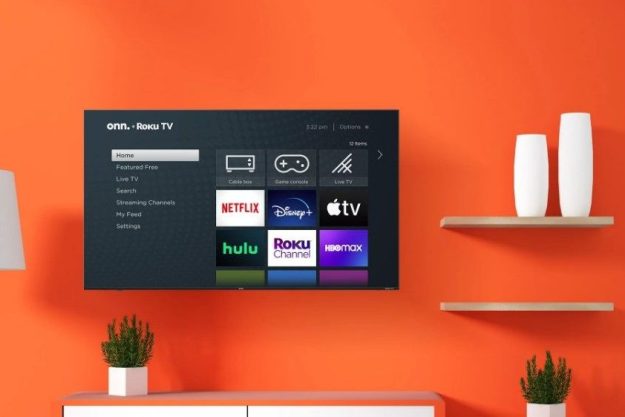For audio companies in today’s market, making the move into headphone design is a near-inevitability. Rather than wading in slowly, Definitive Technology has chosen the swan dive approach to its first entry into the genre, unwrapping a wireless set of premium cans complete with active noise canceling this week at CES called the Symphony 1.
A sleek pair of over-ear headphones with plenty of power to match, the Symphony 1 are a bold first entry for Def Tech, packing potent components beneath their stylish exterior. The large 50mm drivers are matched by a premium digital-to-analog converter for a rich sound signature that reaches down to a claimed 8Hz in the bass, and stretches all the way to 28kHz up top.

Features for the Symphony 1 include Bluetooth streaming with aptX for up to CD-quality sound from compatible devices, on-board control for volume, song skip, and play/pause, and a claimed 10 hours of runtime from the rechargeable battery. Accessories include a premium carrying case (how’s it look and feel), an 80-inch USB cable for charging, and a 40-inch 3.5mm cable for plugging in when the battery goes down.
We’ll take a closer look at the Symphony 1 from the showroom floor in Vegas, so check back for our first-hand impressions.
Editors' Recommendations
- 1More’s new wired earbuds pack five drivers and planar tech for $170
- Monoprice’s Monolith headphones based on exotic AMT tech cost just $1,000
- 1More promises personalized audio via the first SoundID-enabled headphones
- Score 35% off 1More True Wireless Headphones and more for Black Friday

